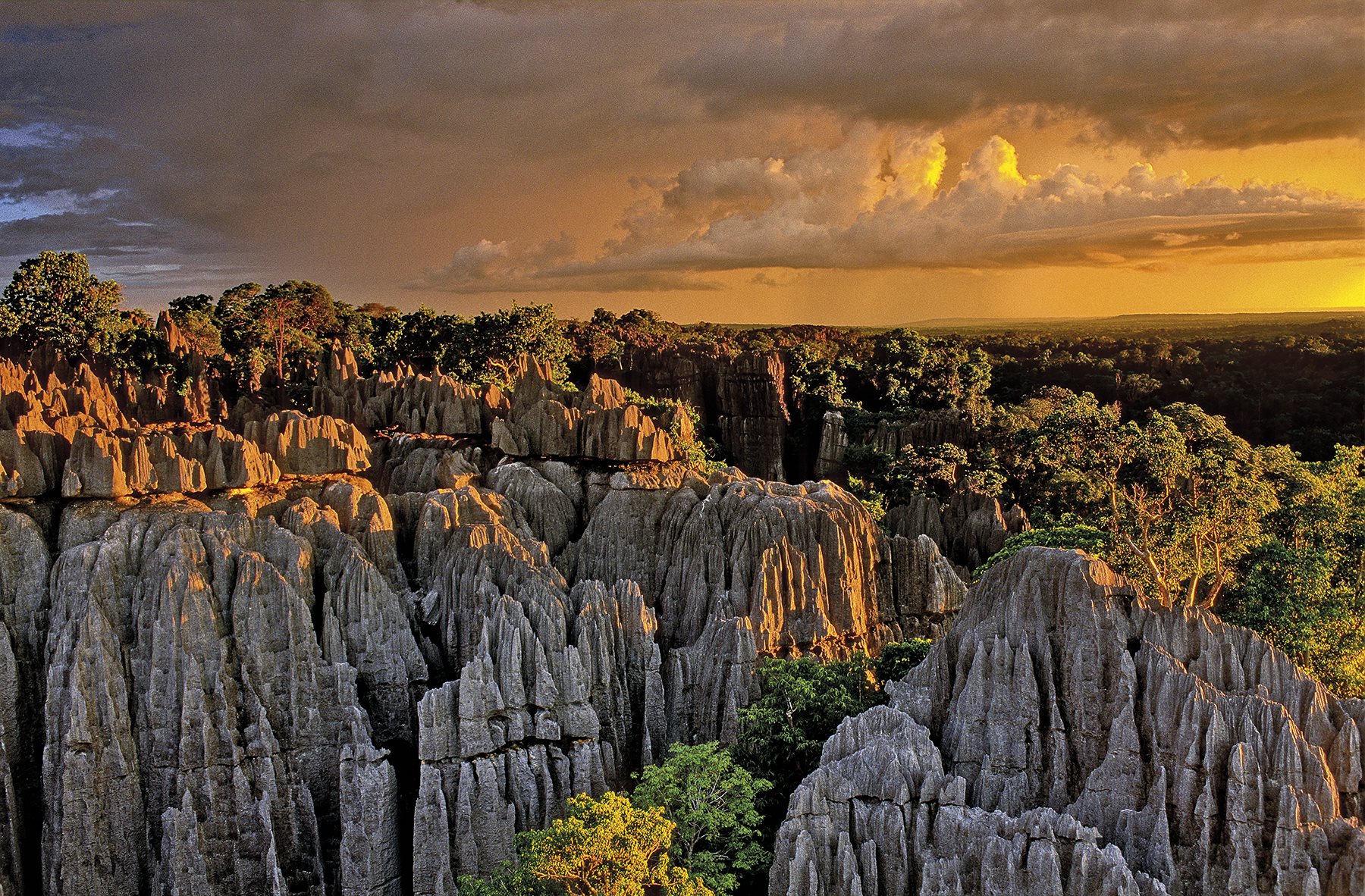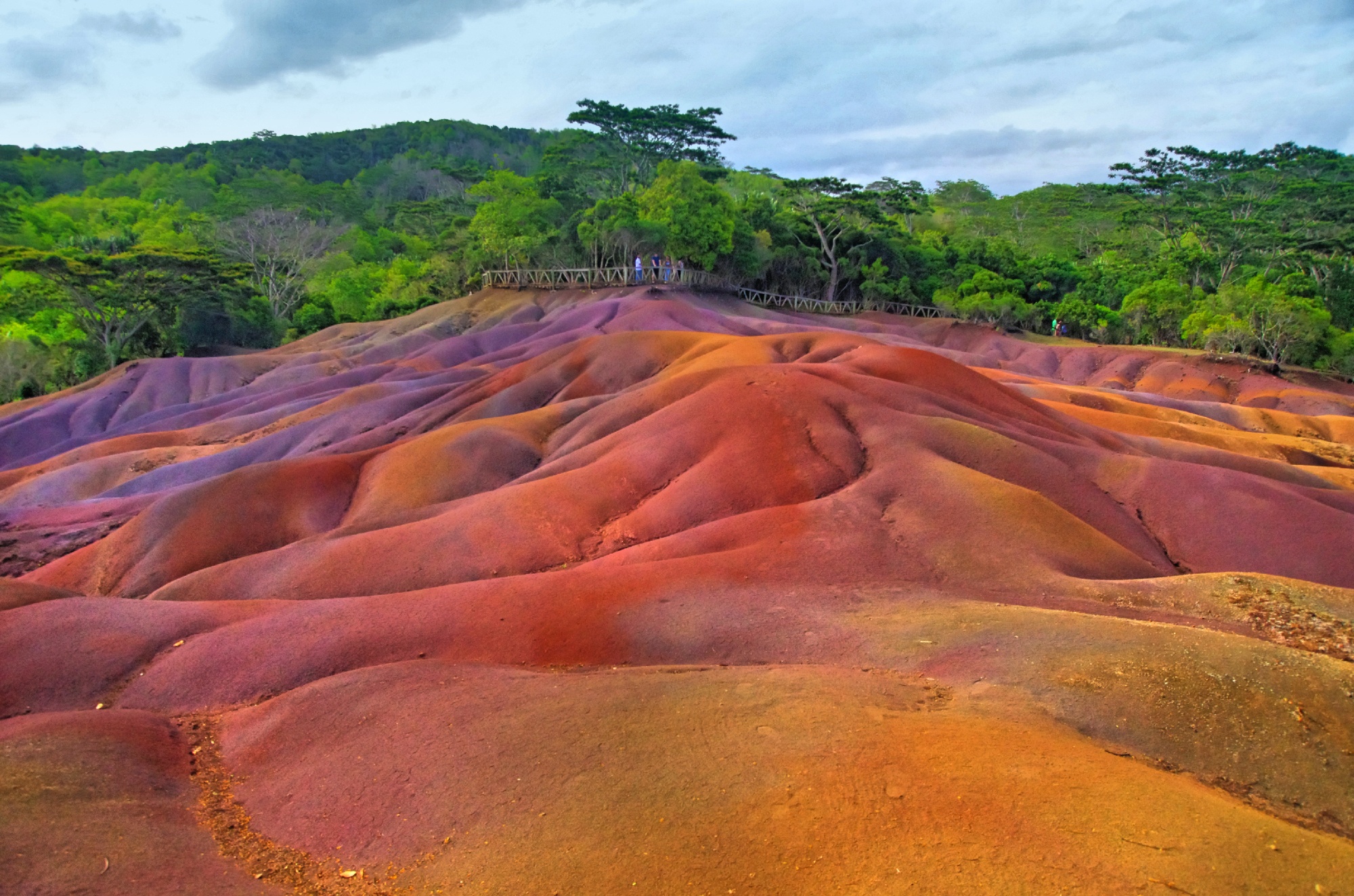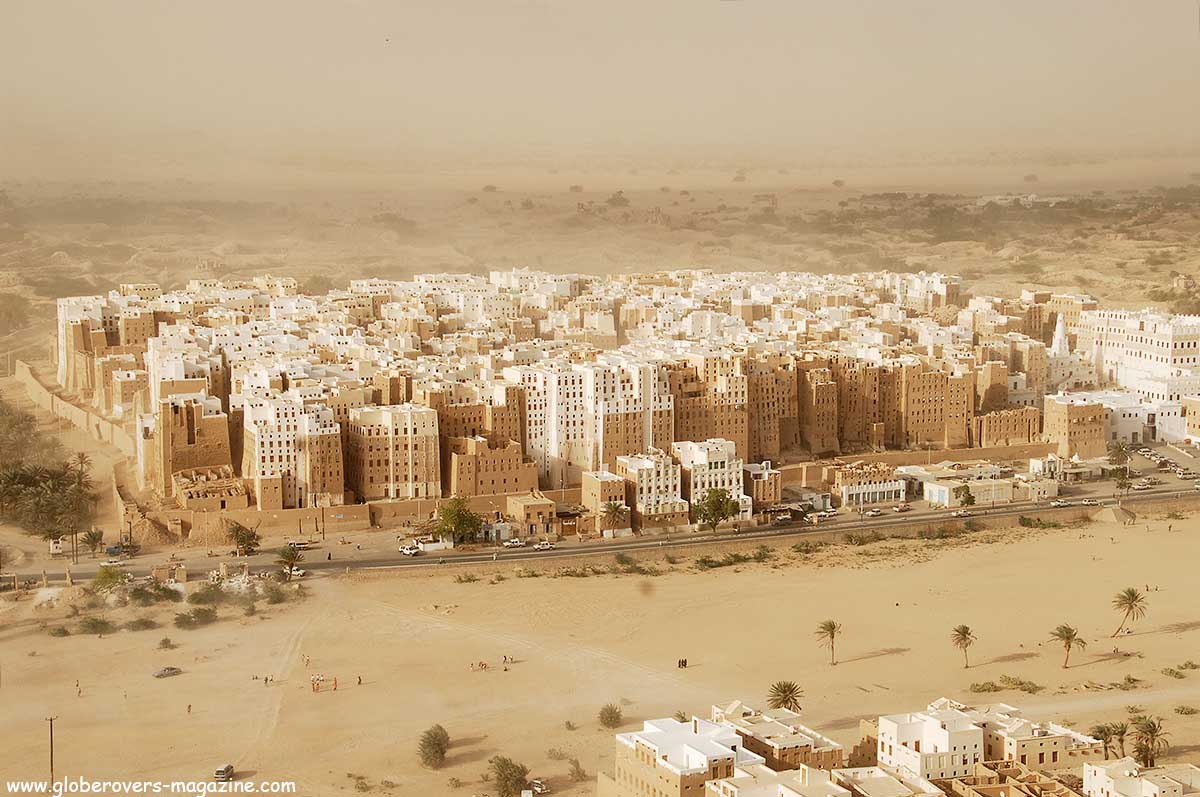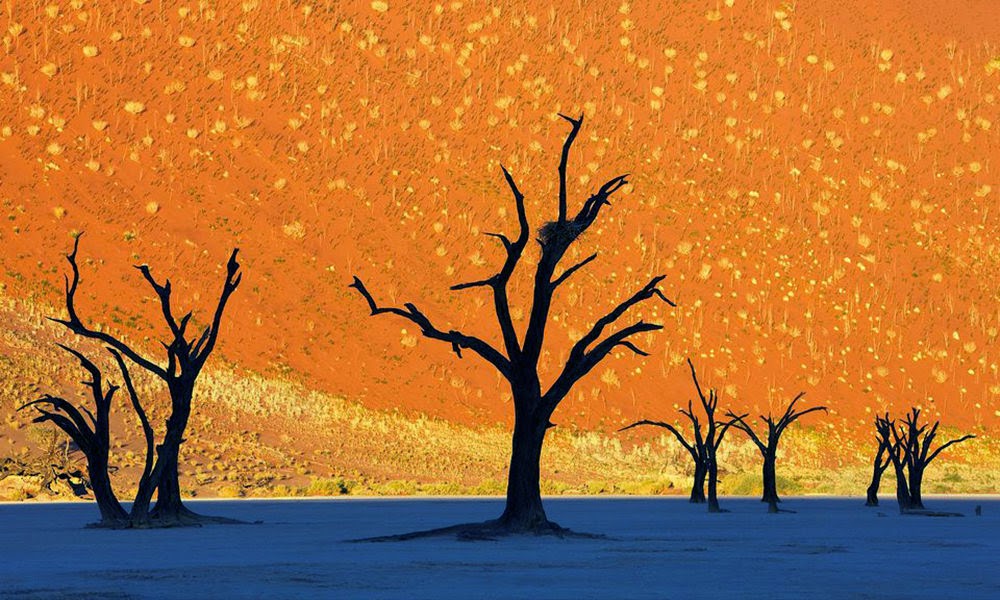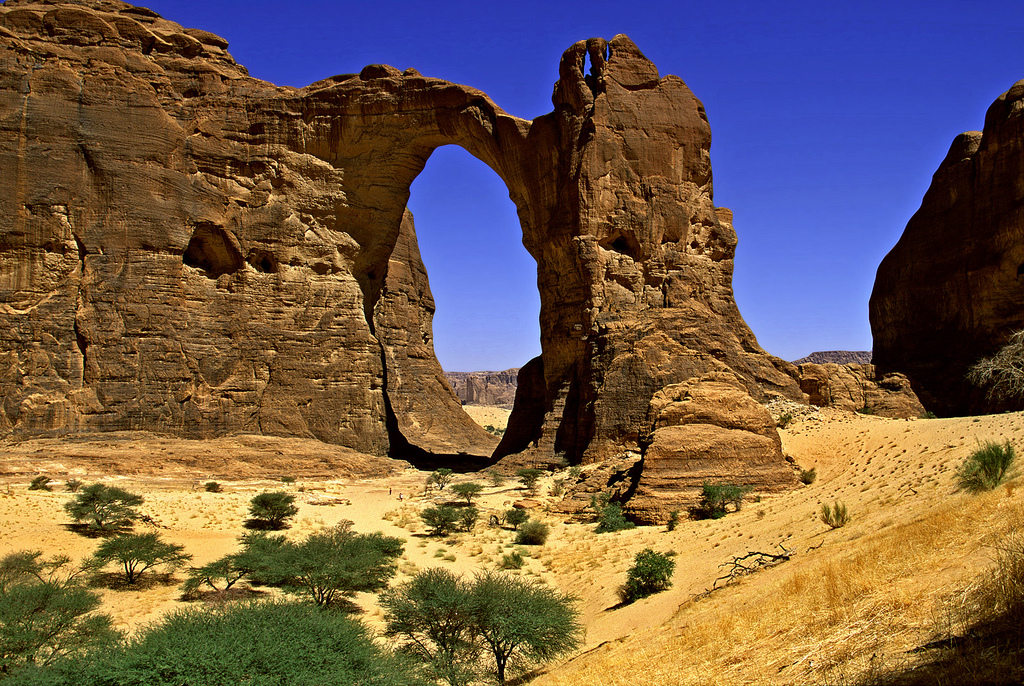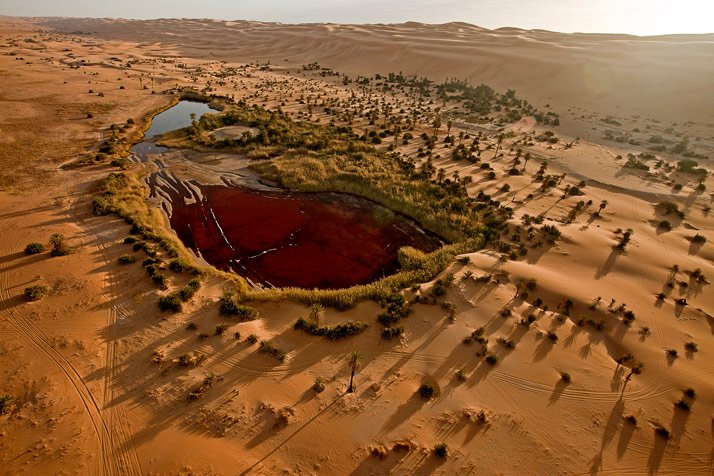
The Sahara Desert is the largest hot desert in the world. Exceeds 9.065 million km2, which means it has almost the same size as China. It is located in northern Africa and has more than 2.5 million years. Its name derives from the Arabic translation Sahara means «desert».
The Sahara receives less than three inches of rain in a year (7.6 cm), even in the wettest areas of the Sahara Desert, it could rain twice in a week, and not to rain for years. In the drier areas may take fifteen or twenty years without rain. But here a curious fact: The February 18, 1979 it snowed in the Sahara Desert. It’s the only time you have registered that fact.
The countries covered are Algeria, Tunisia, Morocco, Western Sahara, Mauritania, Mali, Niger, Libya, Chad, Egypt and Sudan. Because of its high attraction, and its millions of annual visitors, Marrakech is the main port of departure to Morocco Sahara Desert. The two most important areas of the Moroccan Sahara Desert are Zagora and Merzouga.
The Zagora Desert is drier and less Merzouga dunes. The main advantage of Zagora is that it is closer to Marrakech, making it the most suitable for short trips of two days and one night.
From Marrakech to Zagora’s about 360 miles away that it takes to travel about 7 hours. Because there are multiple stops, the journey is interesting and not as heavy as it sounds.
The Desert of Merzouga is the most impressive part of the Desert of Morocco and is what one might imagine when thinking of a desert. Dunes While countries like Algeria and Libya are highly regarded, the dunes of Erg Chebbi, Merzouga south, reach 150 feet tall and have nothing to envy them.
From Marrakech to Merzouga there are about 550 miles away that it takes to travel more than 10 hours, so it is normal to sleep one night halfway both the outward and the return.
If time and budget is not a problem, it is best to take a trip of 4 or 5 days to Merzouga Desert. It’s a nice place and the trip, but is longer, is more relaxed for longer life and the various stops of the journey. The landscapes are traversed during the days of the tour deserve as much punishment as the desert itself. Places like Ait Ben Haddou, the Valley of Roses, the Dades Gorge, the Draa Valley and Todra Gorge are surprising and unknown.
If you want to spend less days against for the tour, visit Zagora is the best or, put another way, the only way to sleep a night in a Bedouin tent in the desert. Since the road to Ouarzazate is the same as to visit Merzouga, on this tour also visit important places like Ait Ben Haddou, so the ride is also very interesting.
